Born in Quakes, Raised in Lockdowns, Rising in Protest
Nepal’s Generation Z roughly those born between the late 1990s and 2010 have grown up in times of constant upheaval. From the fall of the monarchy to natural disasters, blockades, pandemics, and political instability, their formative years have been shaped by crisis after crisis. Today, as they lead nationwide protests demanding accountability and change, it becomes clear why this generation is often called “a product of instability, but a force for transformation.”
1. Childhood Amid Conflict and Change
Gen Z were born in the late years of the Maoist insurgency (1996–2006) a decade-long civil war that claimed over 17,000 lives. As they took their first steps, Nepal was wrestling with ceasefires, negotiations, and a society deeply divided between monarchy and republicanism.
Their earliest childhood memories coincide with some of Nepal’s most defining moments:
- 2001 Royal Massacre – King Birendra and most of the royal family were killed, shocking the nation. Gyanendra took the throne, but his reign would prove short-lived.
- 2006 People’s Movement (Jana Andolan II) – By the time many Gen Z were in school uniforms, the monarchy was abolished, and Nepal became a Federal Democratic Republic.
For Gen Z, kings and queens only exist in history books they grew up in a republic born out of blood and protest.
2. Disasters That Shaped Their Teen Years
Just as they started entering teenage years, Nepal was struck by events that left permanent marks on their worldview:
- 2015 Earthquake – The devastating quake killed nearly 9,000 people and destroyed homes, schools, and temples. Gen Z students studied under tents, watching their country rebuild brick by brick.
- 2015 Blockade (Nakabandi) – A year after the new constitution, Nepal faced an unofficial Indian blockade. Fuel shortages, long queues for essentials, and a collapsed economy defined daily life. Gen Z saw firsthand how geopolitics directly affects ordinary people.
- COVID-19 Pandemic (2020–2021) – By now, Gen Z were in college or entering the job market. Instead, they were locked indoors, forced into online classes, and facing mental health struggles. Many lost loved ones in a health system overwhelmed by the crisis. The lockdown years made them more digitally connected but also more restless and outspoken.
3. Living Through Endless Political Instability
While recovering from disasters, Gen Z watched a political system fail to deliver. Since 2008, Nepal has dissolved Parliament multiple times, cycled through prime ministers, and remained stuck in infighting and corruption.
- Parliaments dissolved and reformed.
- Parties split, merged, and split again.
- Leaders made big promises but failed to deliver jobs or stability.
By their early adulthood, Gen Z had already seen more governments than generations before them did in decades. For many, politics became synonymous with betrayal.
4. Witnessing Symbolic Flames: Parliament and Singha Durbar
Recent years pushed Gen Z from frustration to fury. Parliament buildings were stormed, Singha Durbar was set on fire, and protesters clashed with security forces. These symbolic flames represent their disillusionment with a system that, in their eyes, has robbed them of opportunity while enriching the few.
5. The Gen Z Protest: A Generation Finds Its Voice
The breaking point came in 2025, when social media bans, unemployment, corruption, and inequality boiled over into the Gen Z-led protest movement.
On September 8 (Bhadra 23), what began as a peaceful rally outside Parliament turned deadly. Security forces opened fire on demonstrators, killing 17 young people. The tragedy marked a turning point: Gen Z was no longer just complaining online they were willing to risk their lives in the streets.
The protests now symbolize more than social media freedom. They have become a rebellion against decades of instability, corruption, and generational inequality.
6. Why Gen Z’s Struggle Matters
Gen Z in Nepal are not rebelling out of nowhere. They are carrying the weight of history:
- Born during civil war and monarchy’s collapse.
- Raised amid earthquakes, blockades, and pandemics.
- Educated under unstable governments and failed promises.
- Now, entering adulthood in a country where opportunities are shrinking, but the wealth gap is widening.
Their protests are not just about social media apps or political slogans. They are about dignity, opportunity, and fairness a demand for a future better than the chaos they were born into.
Conclusion: A Generation Shaped by Crisis, Demanding Change
Nepal’s Gen Z have never seen long-term stability. From the king’s death to the republic’s birth, from natural disasters to corruption, their story is one of resilience. And now, as they march, chant, and protest, they are rewriting that story.
What older generations see as anger, Gen Z sees as survival. They were born into crisis, but they refuse to grow old in it.
The question for Nepal’s leaders is simple: Will they listen before it’s too late?
Share this content:
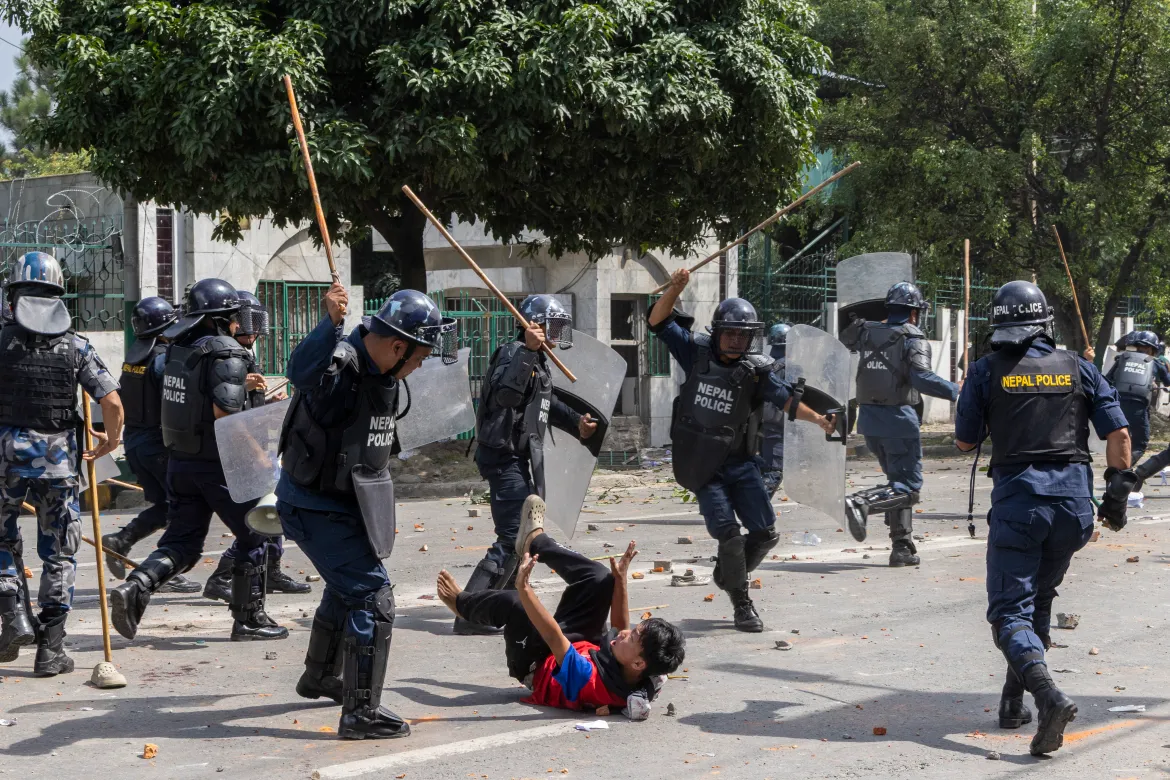

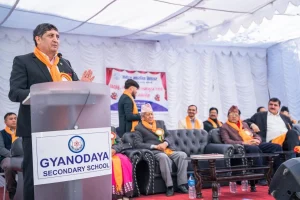
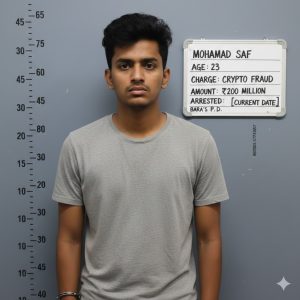
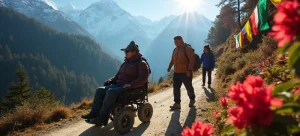
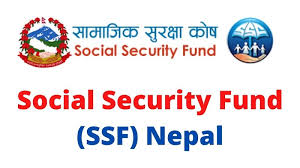
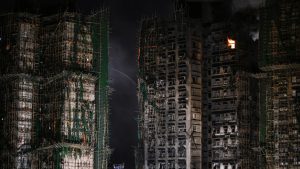

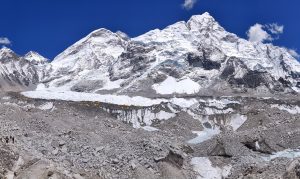


Post Comment